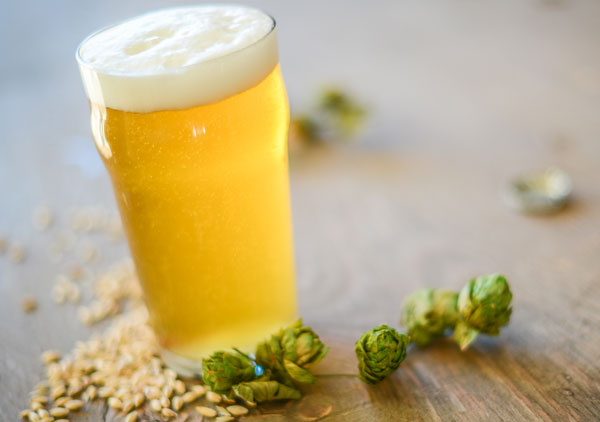
Test yourself on brewing lagers in this week’s Tuesday Beer Trivia.
We all have tried to deny it, but the truth is, lagers are cool again and better than ever. We aren’t talking about your typical light American lager: we’re talking about your homebrewed goodness that requires loads of tender, lovin’ care (and temperature control). Test your knowledge on brewing lagers in this week’s trivia.
After you take the Beer Trivia quiz below, scroll down to “Beer Trivia Answer Explanations” section to learn more about brewing lagers.
[polldaddy type=”iframe” survey=”23BDAAB62AFCB517″ height=”auto” domain=”2491351″ id=”beer-trivia-example-32″]
Beer Trivia Answer Explanations
Click To Expand
The following explanations were taken from American Homebrewers Association website’s How to Brew section under “Lager Brewing Made Easy.”
Question 1: False. You should use calcium sulfate for drier, more bitter, or more hop-focused beers. Use calcium chloride for maltier, softer, and fuller beers.
Question 2: Yeast health, viability, and numbers are incredibly important in lagers. At the beginning of fermentation, you want to keep it in the 50s Fahrenheit (lower teens Celsius); however, once you have achieved your desired attenuation you’ll want to lower your beer down to 30°F (-1°C) to age for a minimum of 35 days
Question 3: A decoction mash involves pulling a portion of thick mash into a pot and bringing it to a boil. This helps further break down proteins, increase free amino nitrogen (FAN) levels, and solubilize more starches.
Question 4: Flocculation is particularly important in brewing lagers because if the yeast falls out of suspension, it will not be able to sufficiently reduce levels of vicinal diketones (VDKs), which cause butterscotch or buttery flavors.
Question 5: Accelerated maturation allows the yeast to metabolize fermentation byproducts like VDKs and acetaldehyde, as well as highly increase attenuation. A good way to check if maturation is about finished is to warm up a sample and taste for diacetyl.



Share Post